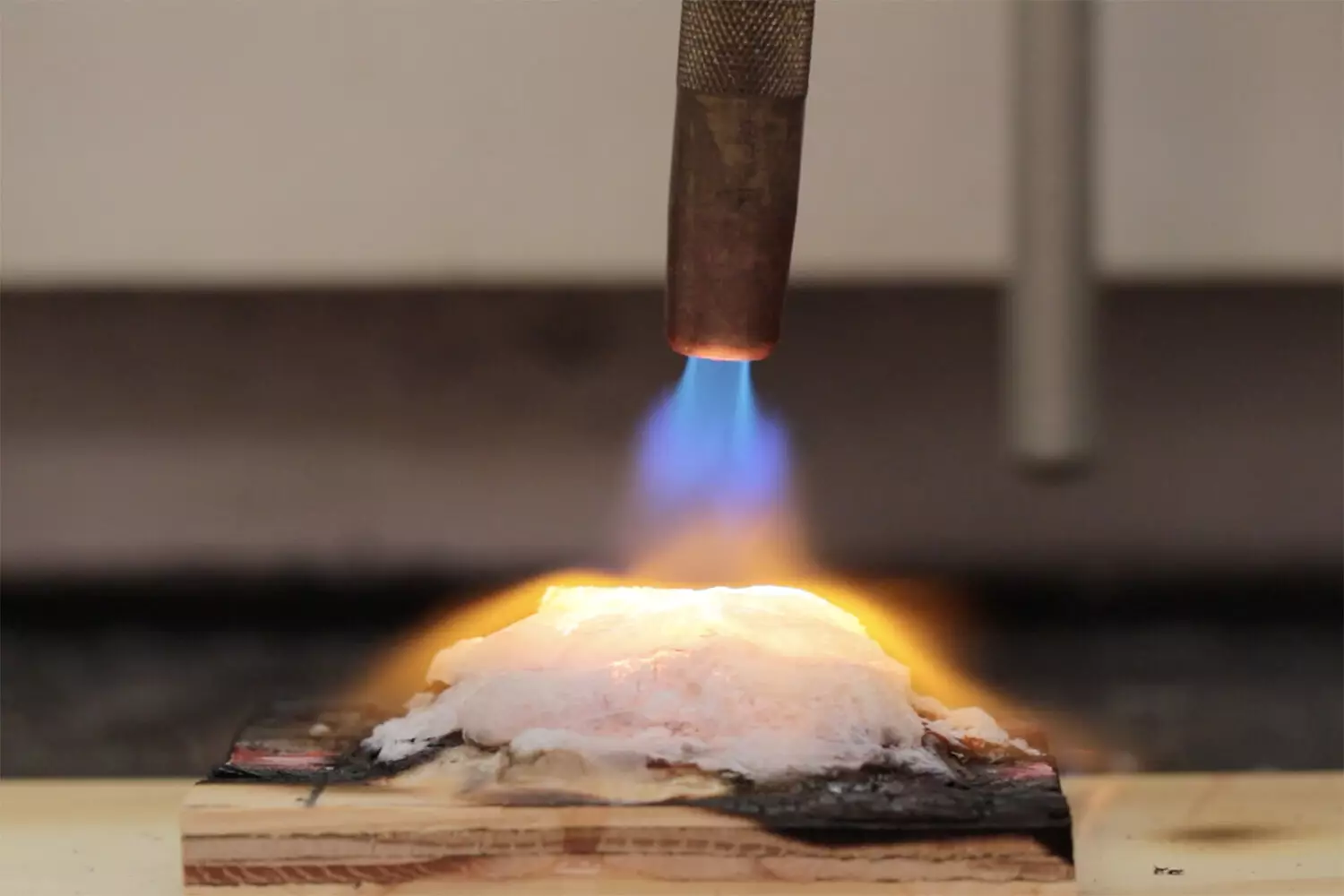In recent years, the escalation of climate change has dramatically transformed the landscape of wildfire management. Longer, more intense fire seasons are becoming the norm, fueled by hotter temperatures, prolonged droughts, and drier ecosystems. These environmental changes are not only increasing the frequency of wildfires but also amplifying their destructive potential, often turning small fires into catastrophic blazes that decimate communities and ecosystems alike. Traditional firefighting methods—firefighting crews, water drops, and controlled burns—are proving insufficient against these evolving threats. It has become clear that to effectively confront the wildfire crisis, we need cutting-edge, proactive solutions that safeguard homes, infrastructure, and natural resources before fires even ignite.
This urgent need has spurred innovative research across scientific disciplines. One of the most promising advances emerges from materials science, where scientists aim to develop smart, long-lasting protective barriers that can be deployed rapidly and perform under extreme conditions. The development of a novel water-enhancing gel, with capabilities far surpassing existing fire retardant coatings, exemplifies this forward-thinking approach. Such breakthroughs could revolutionize wildfire defense strategies, shifting the focus from reactive suppression to preemptive resilience.
Innovative Science: From Gel to Insulating Fortress
At the core of this breakthrough is the strategic manipulation of super-absorbent polymers—substances similar to those used in disposable diapers—transformed into a resilient, protective gel. When applied to structures, these gels initially act as a wet shield, swelling to form a gelatinous layer that adheres tightly to surfaces. This layer significantly retards ignition during the critical moments when embers and flames threaten to take hold. However, the existing commercial gels have a major limitation: they dry out rapidly under wildfire conditions, typically within 45 minutes, rendering them ineffective when most needed.
Enter the transformative innovation by researchers at Stanford University. They’ve engineered a gel that not only retains water longer but also undergoes a remarkable phase transition when exposed to intense heat. As the gel’s water content evaporates, the remaining constituents—the silica particles—consolidate into an aerogel, a near-miraculous material renowned for its insulative properties. This silica aerogel acts as a lightweight, porous barrier that scatters and dissipates heat dramatically more effectively than traditional materials. In essence, the gel morphs from a water-based shield into a protective thermal barrier that can endure long after the water has evaporated.
This transformation is significant because it means the gel can be sprayed on structures well in advance of a fire’s arrival, providing a durable form of protection that extends the window of safety. Instead of the fragile, short-lived barriers of the past, these gels create a long-lasting, insulative layer capable of resisting high temperatures, thereby preventing structural ignition and reducing the risk of fire spreading.
Real-World Potential and Practical Impact
In laboratory tests, the new gel demonstrated extraordinary performance. When applied to plywood and exposed to intense flames from a gas torch—a far more severe test than wildfires—the gel kept the material from igniting for over seven minutes. In stark contrast, commercially available gels failed within 90 seconds under identical conditions. This stark difference highlights the transformative potential of the new formulation: a fire-resistant layer that persists through extreme conditions and provides crucial extra minutes for evacuation, firefighting, or additional protective measures.
Beyond lab success, the practicality of the gel’s design makes it highly scalable. It can be applied using existing spraying equipment, adhering securely to various surfaces, including wood, metal, and even vegetative fuels. Critically, the components used in creating this gel are non-toxic and environmentally friendly, aligning with ecological priorities and ensuring that the solution does not introduce new hazards into fire-affected ecosystems. Its ability to break down naturally via soil microbes means it can be used safely in wildfire-prone areas without long-term environmental harm.
What is particularly telling is the serendipitous nature of this discovery. It emerged from a simple experimental curiosity—applying the gel to wood and exposing it to flames—and evolved over several years of refinement. This trajectory from an anecdotal observation to a practical engineering solution underscores the importance of curiosity-driven research and the potential for unexpected breakthroughs to reshape our approach to environmental challenges.
Looking Ahead: Toward a Safer Future with Smart Materials
While still in the developmental stage, the implications of this technology are profound. Imagine firefighting agencies deploying these gels across high-risk zones before peak fire season, effectively creating a buffer zone that significantly delays or prevents ignition. Homeowners in wildfire-prone regions could spray their properties with this protective barrier, reducing the likelihood of loss and damage. Natural landscapes could benefit from targeted applications that inhibit the spread of flames, ultimately lowering firefighting costs and protecting biodiversity.
Moreover, the underlying principles behind this gel—combining water retention with phase-changing insulative properties—could extend beyond wildfire protection. Similar materials could be adapted for use in emergency preparedness, industrial safety, or even Mars mission habitats where thermal regulation is critical. This technology exemplifies how interdisciplinary collaboration—blending chemistry, materials science, and environmental engineering—can produce solutions that are not only innovative but also aligned with sustainable and ecological principles.
In essence, this water-enhancing gel is more than a novel product; it is a symbol of how science can actively shape resilience in a changing world. It embodies the shift toward materials that are intelligent, adaptive, and environmentally conscious—characteristics that will be essential in tackling complex, large-scale environmental threats like wildfires. As this technology matures, it is poised to become a vital component of our wildfire defense toolkit, reminding us that sometimes, groundbreaking solutions are born from curious experimentation and relentless pursuit of betterment.

